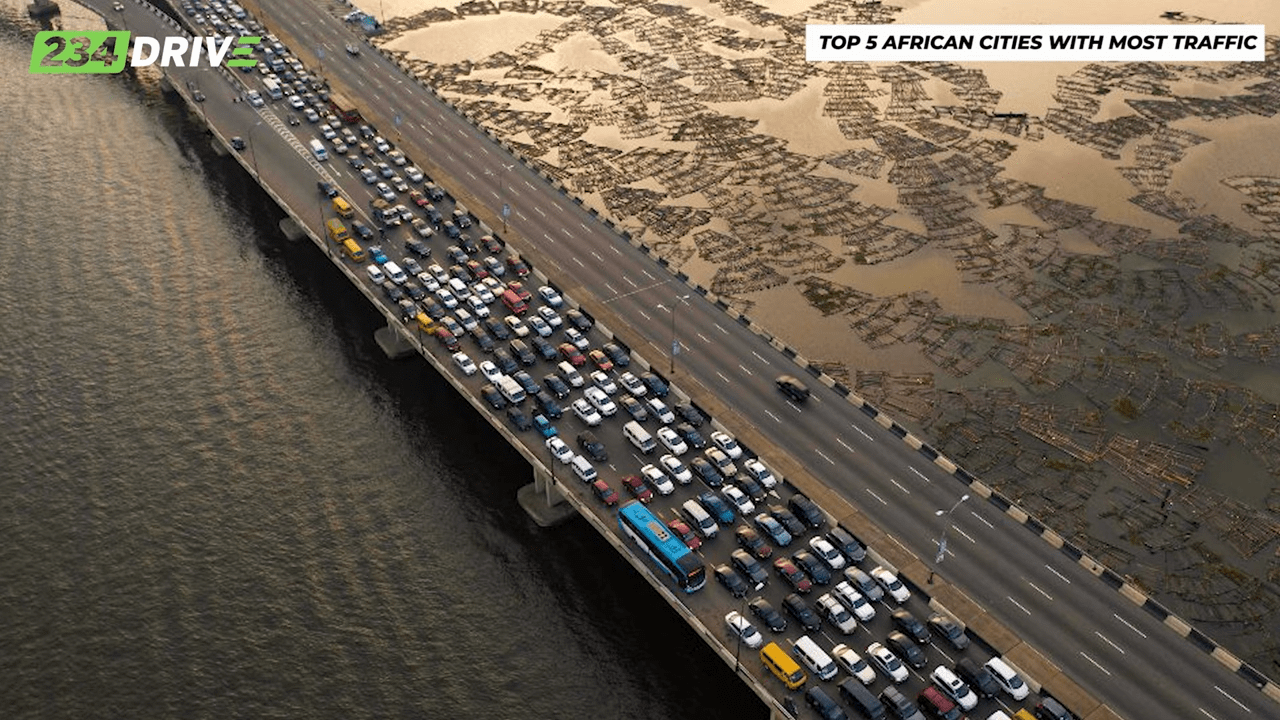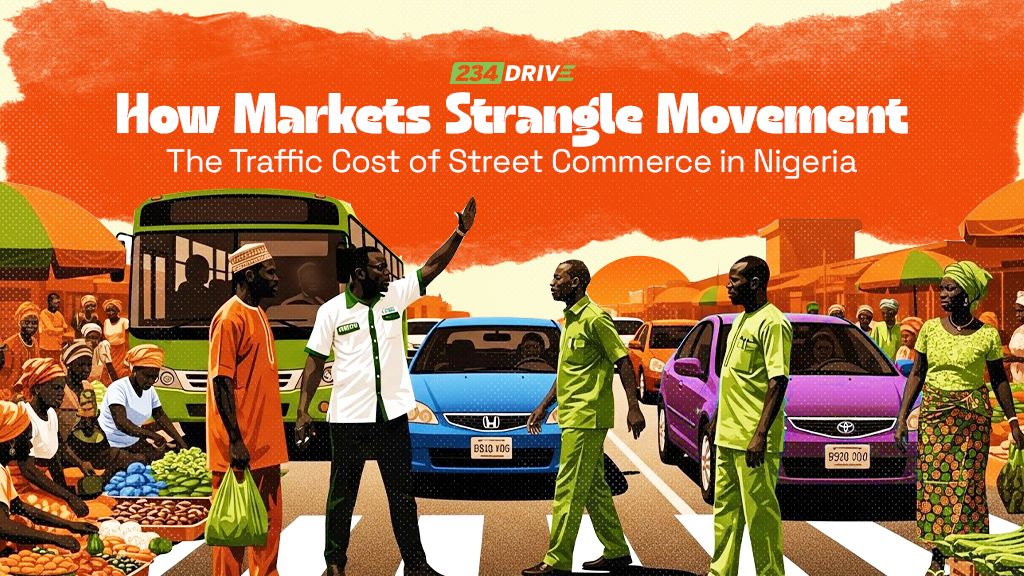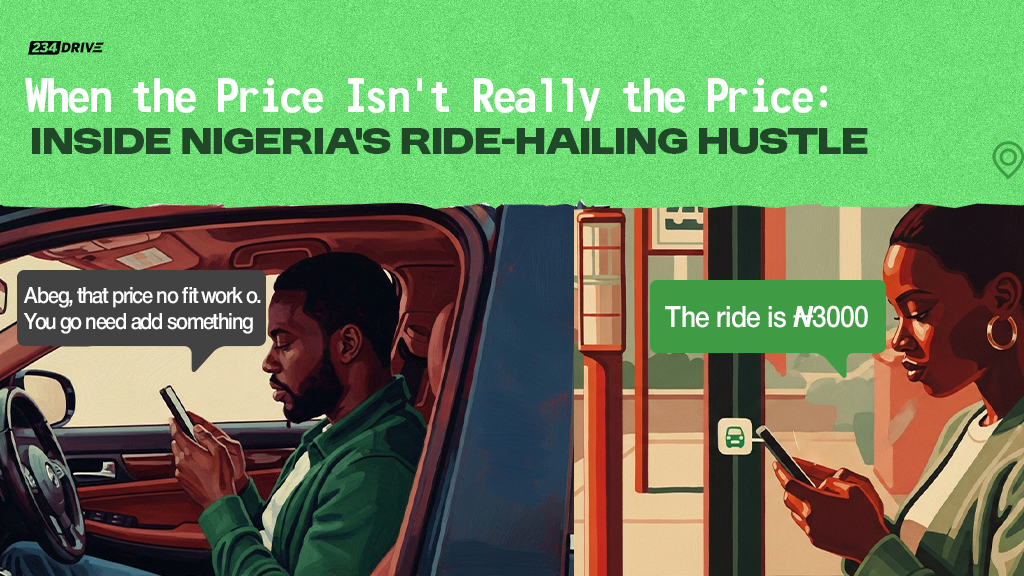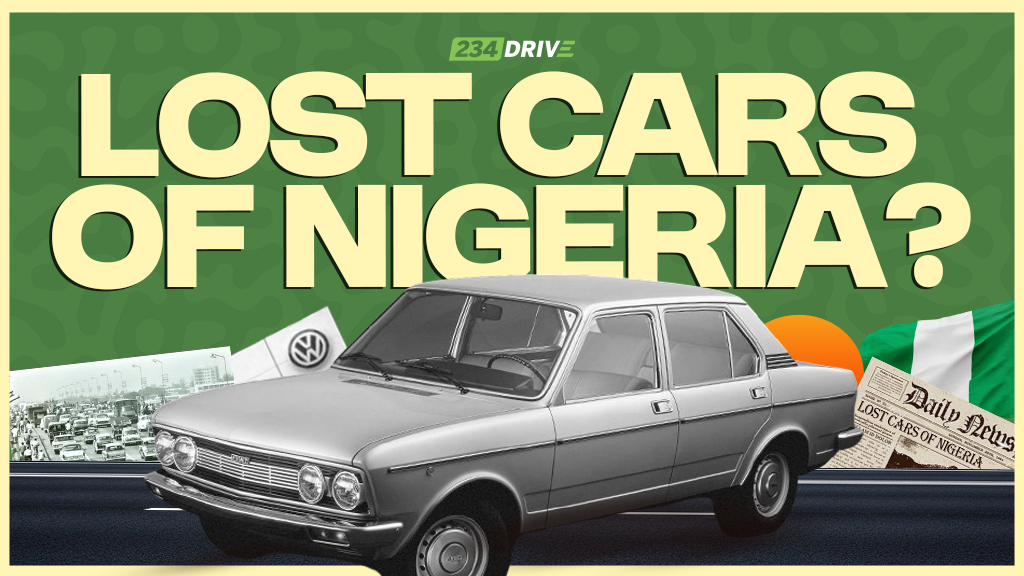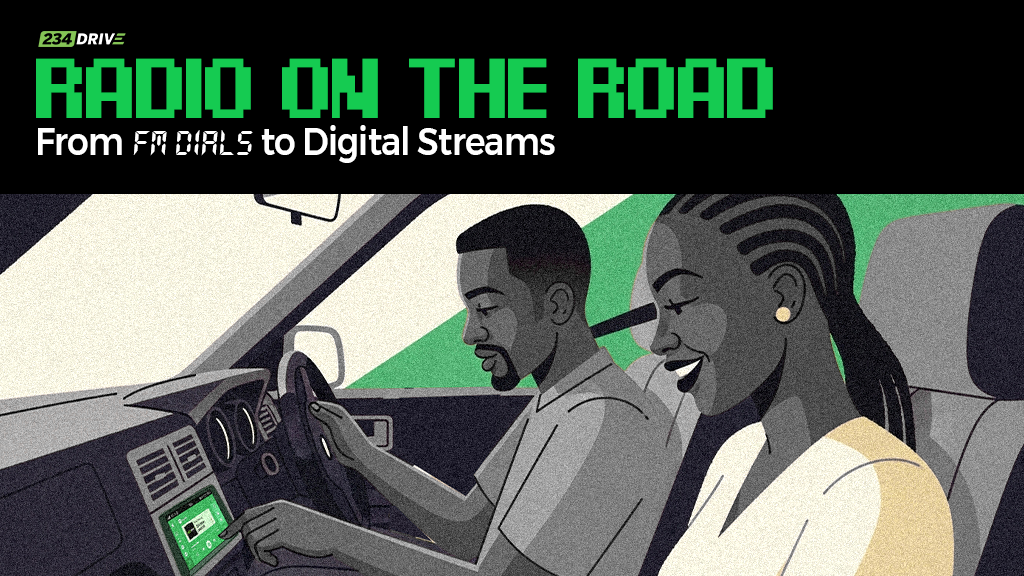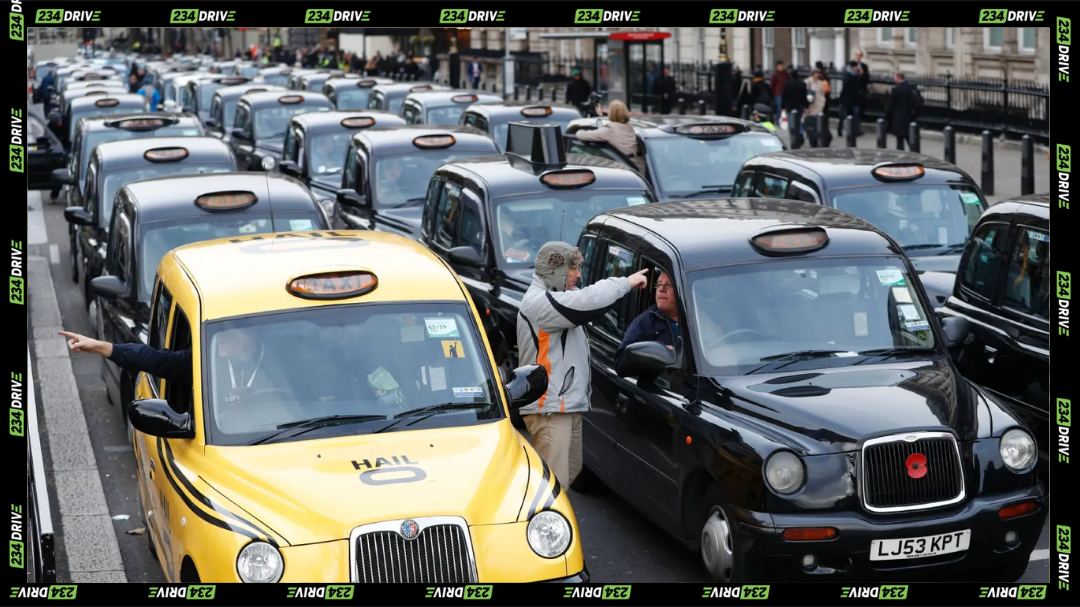Ever sat in traffic so long you started naming the dust bunnies on your dashboard? Traffic. We’ve all been there, but in some African cities, “being there” can mean hours out of your day, every single day. We’re talking about serious congestion that impacts economies, stresses people out, and even affects the environment. According to a survey by Business Day Nigeria, some cities are dealing with traffic situations that are beyond the pale.
Want to see the chaos for yourself? Watch this:
So, which cities are battling the worst gridlock? Let’s dive into the top five, exploring why they face such intense traffic and what it means for the people who live there. For more details, you can check out Business Day Nigeria’s article about the survey.
Why African Cities Struggle With Traffic
Why is traffic such a monster in many African cities? Several factors come into play. Rapid urbanization, where more and more people move to cities, is a big one. This influx strains existing infrastructure, which often wasn’t designed to handle such large populations. Limited investment in public transportation and road networks only makes the problem worse. As more people can afford cars, vehicle ownership increases, adding even more pressure to already congested roads. The Business Day Nigeria survey considered these elements when ranking the cities.
No. 5: Cape Town, South Africa
Kicking off our list is Cape Town, South Africa. Known for its stunning natural beauty, Cape Town’s roads aren’t always a pretty sight. The average commuter in Cape Town loses about 42.5 minutes to traffic each day. That’s almost an hour lost just getting from point A to point B!
Cape Town’s geography contributes to its traffic woes. Nestled between mountains and the ocean, the city has limited space for road expansion. Urban planning challenges also play a role, with some areas experiencing higher congestion due to the layout of roads and residential areas.
Cape Town Traffic: Contributing Factors
Tourism, a major economic driver for Cape Town, also adds to the congestion, especially during peak seasons. The influx of visitors puts extra pressure on the roads, making traffic even worse. While there are ongoing infrastructure projects aimed at easing traffic, they’re often slow to materialize and can’t keep up with the city’s growth.
No. 4: Pretoria, South Africa
Next up is Pretoria, another South African city grappling with heavy traffic. In Pretoria, commuters spend an average of 45 minutes stuck in traffic daily. Pretoria serves as a central transport hub, connecting different parts of the country. This strategic location, while beneficial for trade and commerce, also means a higher volume of vehicles passing through the city.
Pretoria’s Commute Challenges
One of the main reasons for Pretoria’s traffic congestion is the reliance on private vehicles. Public transportation options are limited, so most people drive to work, school, and other destinations. This dependence on cars leads to packed roads, especially during rush hour. The economic impact of this traffic is significant, with businesses losing productivity and facing increased transportation costs.
South Africa’s Traffic Troubles: A Closer Look
It’s worth noting that South Africa has two cities on this list, Cape Town and Pretoria. Why is South Africa struggling so much with traffic? Several factors could be at play, including rapid urbanization, economic activity concentrated in major cities, and infrastructure challenges. Comparing Cape Town and Pretoria, we see that while their geographical and economic contexts differ, both cities share the common problem of congested roads and frustrated commuters.
No. 3: Cairo, Egypt
Moving north, we find Cairo, Egypt, claiming the third spot on our list. Cairo is a city that never sleeps, and its traffic is no exception. Cairo is a city of over 20 million residents, with a population density that makes traffic congestion almost inevitable. The average commuter in Cairo spends about 51 minutes stuck in traffic daily, according to Numbeo.
Cairo’s traffic is often described as chaotic, with cars, buses, and motorcycles weaving through the streets in a seemingly endless dance of near-collisions.
Cairo: A City Gridlocked
Navigating Cairo’s streets can be a daunting task. The sheer volume of vehicles, combined with a lack of lane discipline, creates a challenging environment for drivers and pedestrians alike. Street vendors and informal markets, while adding to the city’s vibrant atmosphere, also contribute to traffic flow disruptions. Despite these challenges, the government has been working on initiatives to improve transportation in Cairo, including expanding the metro system and building new roads.
Egypt’s Traffic Management Strategies
To tackle its traffic problems, Egypt has been investing in infrastructure projects and public transportation upgrades. The Cairo Metro, for example, is being expanded to serve more areas of the city, encouraging people to switch from cars to public transport. The government is also exploring intelligent traffic management systems to optimize traffic flow and reduce congestion.
No. 2: Nairobi, Kenya
Our runner-up is Nairobi, Kenya. As the economic hub of East Africa, Nairobi attracts people from all over the region, contributing to its growing population and traffic congestion. The average Nairobi commuter spends about 52 minutes stuck in traffic each day.
Rapid urbanization and the growth of informal settlements have put immense pressure on Nairobi’s infrastructure. The city’s roads are often overwhelmed by the number of vehicles, leading to long delays and frustrated commuters.
The Nairobi Commute: A Daily Struggle
Commuting in Nairobi is a daily struggle for many residents. The city’s roads are often gridlocked, and the public transportation system is overcrowded and unreliable. Matatus, the colorful minibus taxis that are a common sight in Nairobi, contribute to the congestion by stopping frequently to pick up and drop off passengers. Efforts are underway to improve public transportation in Nairobi, including the development of a bus rapid transit (BRT) system.
Nairobi’s Innovative Traffic Solutions
Nairobi is also embracing technology to tackle its traffic problems. Mobile apps that provide real-time traffic updates and route planning are becoming increasingly popular, helping commuters find the fastest way to get around the city. Some companies are even using data analytics to optimize traffic flow and identify congestion hotspots.
No. 1: Lagos, Nigeria
And finally, the city with the worst traffic in Africa, according to the Business Day Nigeria survey, is Lagos, Nigeria. Known for its vibrant culture and bustling economy, Lagos is also notorious for its insane traffic. The average Lagos commuter spends a staggering 68 minutes stuck in traffic every day. That’s over an hour lost each way!
Lagos is one of the most populous cities in Africa, with a population density that rivals some of the world’s largest metropolises. This high population density, combined with poor infrastructure and a huge number of vehicles, creates a perfect storm for traffic congestion.
Lagos Traffic: The Uncontested Champion
The severity of traffic congestion in Lagos cannot be overstated. It’s not just a minor inconvenience; it’s a major obstacle to economic growth and a significant source of stress for residents. Businesses lose productivity, supply chains are disrupted, and people waste valuable time stuck in gridlock. Certain areas of Lagos, like Apapa and Victoria Island, are particularly prone to traffic due to port activities and commercial centers.
Lagos State Government Initiatives
The Lagos State Government has been implementing various initiatives to combat traffic congestion. These include road expansions, the construction of new bridges, and the development of a light rail system. However, these projects are often slow to complete and struggle to keep pace with the city’s rapid growth.
Visualizing the Traffic Crisis
To give you a clearer picture of the traffic situation in these cities, here’s a comparison of the average commute times:
| City | Country | Average Commute Time (Minutes) |
| Lagos | Nigeria | 68 |
| Nairobi | Kenya | 52 |
| Cairo | Egypt | 51 |
| Pretoria | South Africa | 45 |
| Cape Town | South Africa | 42.5 |
The Ripple Effect of Traffic Congestion
Traffic congestion isn’t just about wasted time; it has a far-reaching impact on people’s lives, the economy, and the environment.
The Human Cost of Traffic
The daily grind of commuting in heavy traffic takes a toll on people’s mental and physical health. The constant stress and frustration can lead to anxiety, depression, and other health issues. Long commutes also cut into people’s leisure time and family time, reducing their overall quality of life.
Economic Repercussions of Traffic Congestion
The economic consequences of traffic are significant. Businesses lose productivity as employees spend hours stuck in traffic. Supply chains are disrupted, leading to delays and increased costs. Overall economic growth is hampered by the inefficiencies caused by congestion. Investing in public transportation and infrastructure can help alleviate these economic burdens.
Environmental Impact of Traffic
Heavy traffic has serious environmental consequences. Vehicles idling in traffic produce air pollution, contributing to respiratory problems and other health issues. Increased fuel consumption leads to higher carbon emissions, exacerbating climate change. Addressing traffic congestion is essential for creating more sustainable and environmentally friendly cities.
A Multi-Faceted Approach
Tackling traffic congestion requires a comprehensive approach that addresses the root causes and implements innovative solutions.
The Link Between Urban Planning and Traffic
Poor urban planning can contribute to traffic problems. When cities are designed without considering transportation needs, it can lead to congestion and gridlock. Sustainable urban planning that prioritizes public transportation, walkability, and mixed-use development is crucial for reducing traffic.
Public Transportation: A Key Solution?
Efficient, affordable, and accessible public transportation systems can play a major role in alleviating traffic congestion. By providing people with alternatives to driving, public transportation can reduce the number of vehicles on the road. Cities around the world have successfully implemented public transportation solutions, such as bus rapid transit (BRT) systems, light rail, and subways.
Technological Innovations in Traffic Management
Technology offers many opportunities to improve traffic management. Intelligent traffic systems can optimize traffic flow by adjusting traffic signal timing in real-time based on traffic conditions. Real-time traffic updates and smart parking solutions can help drivers find the best routes and available parking spaces.
Community Involvement in Traffic Solutions
Local communities play a vital role in advocating for better transportation solutions. By engaging with local governments and transportation agencies, communities can help shape transportation policies and priorities. Community involvement can also help ensure that transportation projects meet the needs of residents.
What Can Individuals Do to Help?
Even small changes in individual behavior can make a difference in reducing traffic congestion. Here are a few things individuals can do:
- Carpool: Share a ride with coworkers, friends, or neighbors.
- Use public transportation: Take the bus, train, or subway instead of driving.
- Cycle or walk: If possible, cycle or walk to your destination.
- Work remotely: If your job allows it, work from home to avoid commuting.
- Avoid peak hours: If you have flexibility in your schedule, travel during off-peak hours.
Sustainable Transportation for African Cities
The future of African cities depends on developing sustainable transportation solutions that prioritize efficiency, accessibility, and environmental responsibility. Investing in green transportation options, such as cycling and walking infrastructure, can create healthier and more livable African Cities .
Conclusion
Traffic congestion is a major challenge facing many African cities. The top five cities on our list – Lagos, Nairobi, Cairo, Pretoria, and Cape Town – are all struggling with traffic problems that impact their economies, environment, and the well-being of their residents. Addressing this issue requires a comprehensive approach that includes investments in public transportation, sustainable urban planning, technological innovations, and community involvement. By working together, we can create more efficient, sustainable, and livable cities for all.


